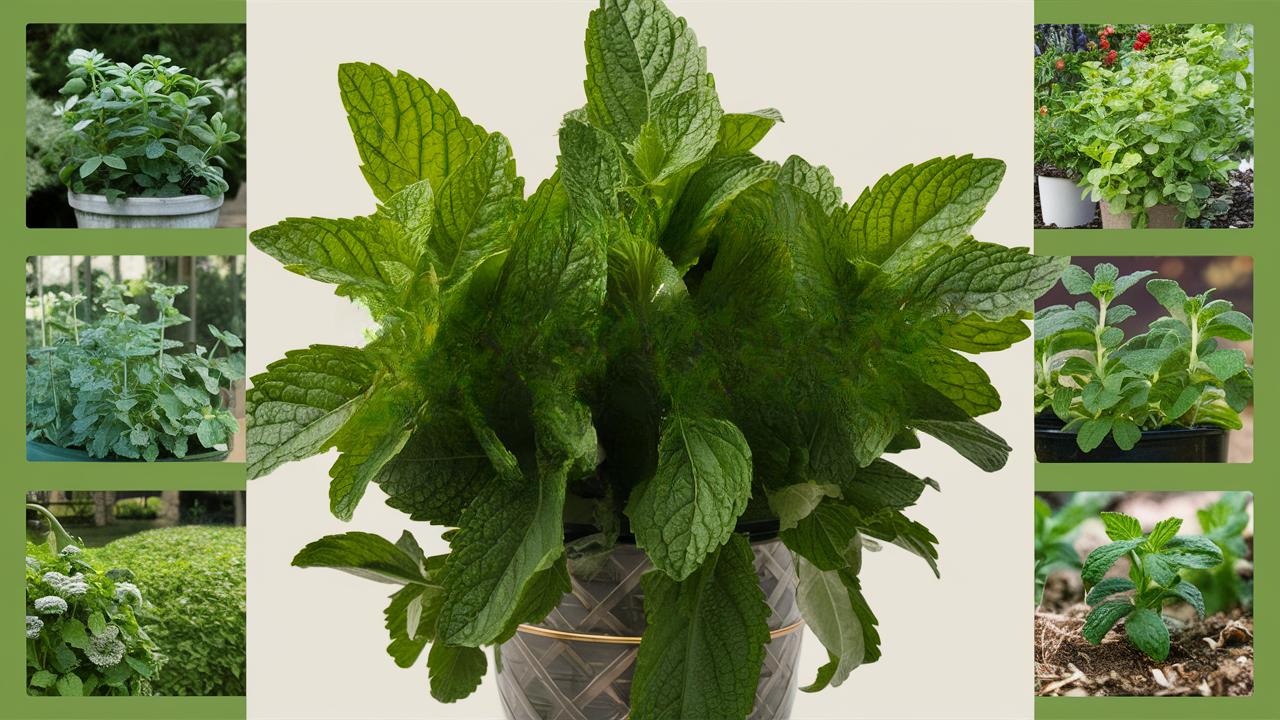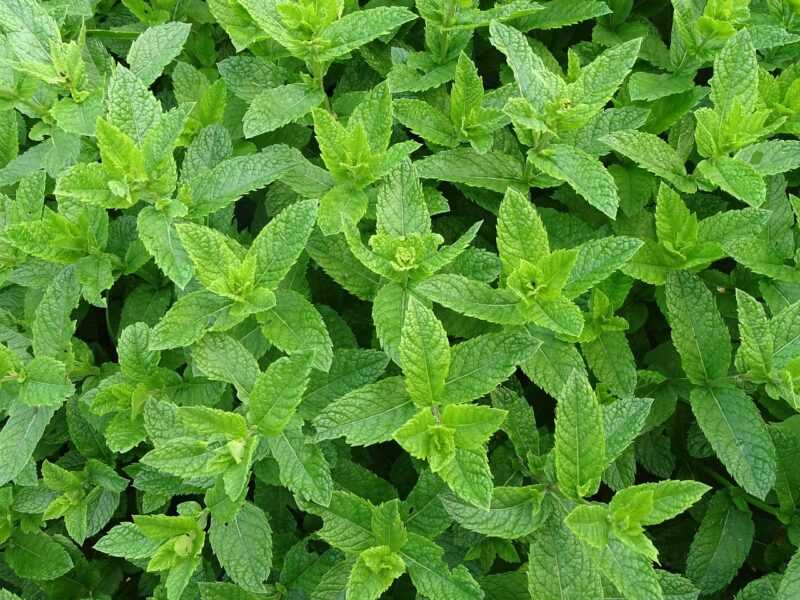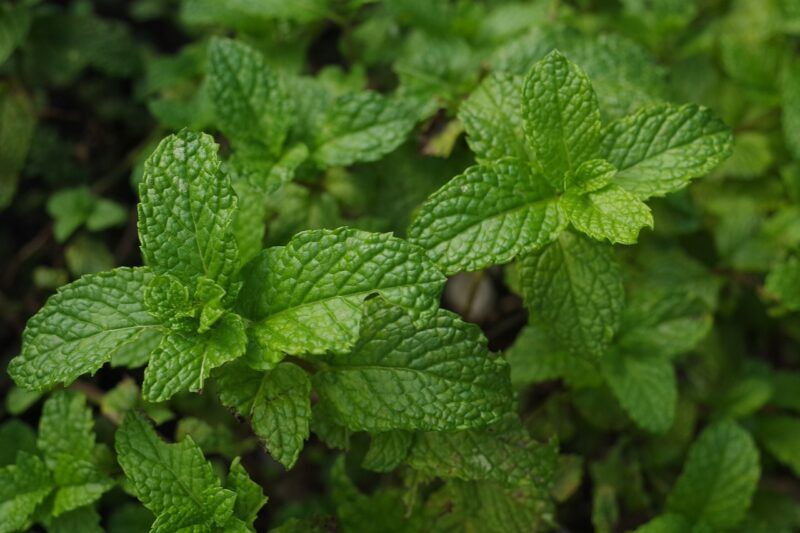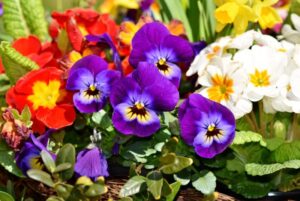This guide will walk you through choosing the right location, understanding soil requirements, and tips for companion planting.
Understanding Mint Varieties
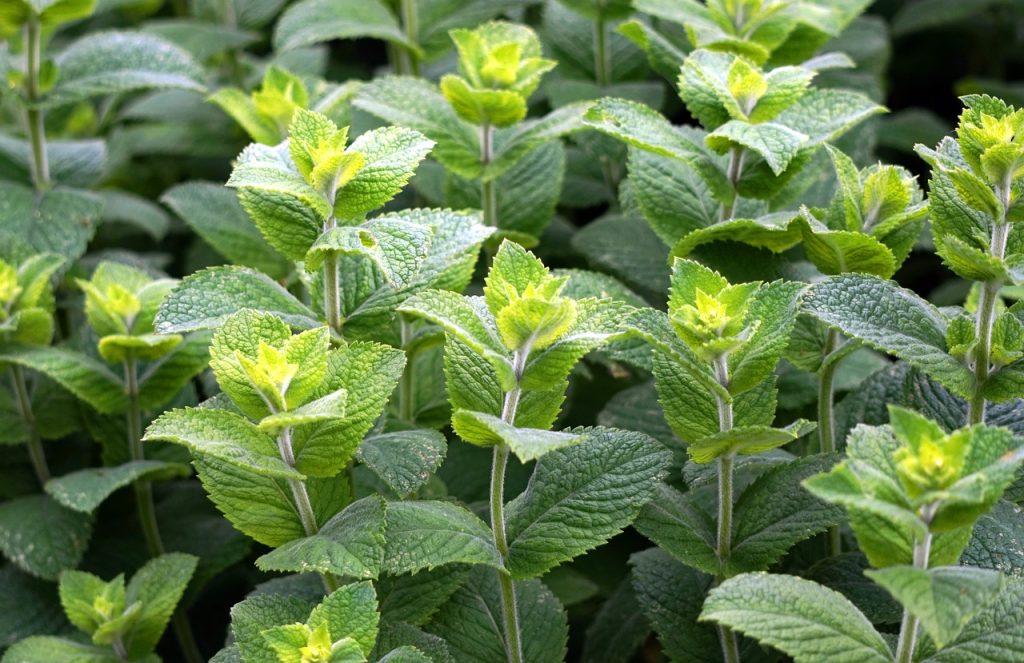
Before we delve into the specifics of planting locations, it’s essential to understand that mint comes in various varieties. Common types include spearmint, peppermint, chocolate mint, and apple mint, each with its unique flavor profile and growth habits.
When deciding where to plant mint, consider the variety you choose, as it may influence growth conditions. For example, spearmint is typically more tolerant of full sun, while peppermint prefers partial shade. Knowing your mint variety helps you choose the best environment for its growth.
Choosing the Right Location
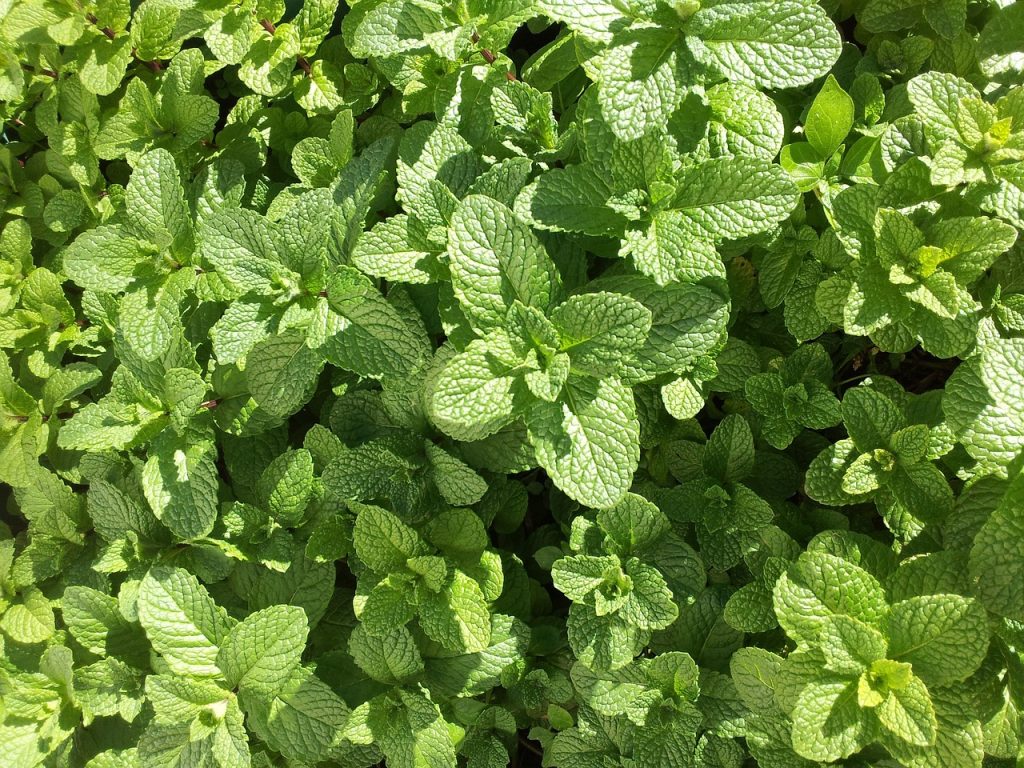
Sunlight Requirements
Mint thrives in a location that provides full sun to partial shade. If you live in a region with hot summers, providing some shade during the hottest part of the day will help to protect your mint plants from stress. Look for a spot that receives about 4 to 6 hours of sunlight daily, giving your plants adequate light without overwhelming them.
Ideal locations might include:
A garden bed with morning sun and afternoon shade.
Near taller plants that can provide some coverage during the hottest parts of the day.
On the edges of a patio that receives sunlight but also has some shaded areas.
Space Considerations
Mint is notorious for its tendency to spread aggressively. As a result, it is crucial to choose a location that can accommodate its growth. If planted directly in the ground, mint should ideally have its area contained, either through a barrier or a specific garden section.
To manage mint’s spread, consider:
Using garden edging to limit root spread.
Planting mint in a dedicated bed where you can easily control its growth.
Installing a pot or a tub in the ground to contain the roots while allowing the plant to flourish above.
Soil Preference
Mint prefers well-draining, loamy soil with a slightly acidic to neutral pH (6.0-7.0). Before planting, assess your soil quality and make any necessary amendments. If your garden soil is heavy or clay-like, consider raising your mint plants in raised beds or containers to ensure proper drainage.
To improve your soil:
Add organic matter, such as compost, to improve fertility and drainage.
If you have sandy soil, enrich it with compost to retain moisture while providing nutrients.
Conduct a soil test to determine pH and nutrient levels, which can inform your amendments.
Container Gardening: A Practical Approach
If you’re limited on space or want to control mint’s aggressive nature, container gardening is an excellent option. Here are the benefits and tips for container planting:
Benefits of Container Gardening
Controlled Environment: Planting mint in containers prevents it from overtaking your garden, allowing you to manage its growth easily.
Mobility: Pots can be moved around to optimize sunlight conditions based on seasonal changes.
Soil Management: You can use high-quality potting mix, ensuring that your mint has the best nutritional foundation.
Choosing the Right Container
Opt for a container that is at least 12 to 18 inches deep to allow root growth. Ensure that it has drainage holes to prevent waterlogging. Terracotta pots are an excellent choice because they allow for breathability and help prevent overwatering.
Tips for Care in Containers
Water regularly, ensuring the soil maintains moisture but does not become waterlogged.
Fertilize monthly with a balanced, water-soluble fertilizer to promote healthy growth.
Rotate your pots occasionally to ensure even light exposure on all sides.
Planting Mint in the Ground

For those who want to establish a more permanent mint garden, planting directly in the ground is an option. However, this comes with the responsibility of controlling its spread. Here’s how to successfully plant mint directly in your garden:
Preparing the Planting Area
Before planting, select an area in your garden that receives adequate sunlight and is somewhat sheltered. Prepare the soil by loosening it to a depth of at least 12 inches and mixing in compost or well-rotted manure.
Planting Techniques
Spacing: When planting mint in the ground, space the plants about 18 inches apart to give them room to grow. Remember, mint can spread, so adequate spacing can help curtail overcrowding.
Depth: Plant mint at the same depth it was in its nursery pot. Ensure the roots are covered and firmly pack the soil around the base.
Watering and Maintenance
Once planted, ensure your mint receives consistent moisture, especially during dry spells. Regularly check the soil moisture and water as needed, but be cautious of overwatering.
In the growing season, mint benefits from a light application of nitrogen-rich fertilizer. This will help promote vibrant growth and a fuller plant.
Companion Planting with Mint

Mint can thrive alongside various plants, but it’s essential to be strategic about plant pairings. Companion planting involves growing different plants close together to enhance growth and deter pests. Here are some great companions for mint:
Compatible Companion Plants
Cabbage Family: Mint can help deter pests that harm cabbage family crops like broccoli and kale, making it an excellent companion for these plants.
Tomatoes: Mint may also help enhance the flavor of tomatoes while protecting them from pests.
Carrots: Carrots appreciate the company of mint, which can help ward off flies that typically target carrot plants.
Plants to Avoid
While mint is useful, it can become invasive, so be cautious about planting it next to more delicate herbs like basil or thyme. It may outcompete them for nutrients and resources. Additionally, avoid planting mint near plants that require similar growing conditions, as this may lead to one plant overshadowing the other.
Seasonal Care and Maintenance
As with any perennial herb, mint requires specific care throughout the seasons to thrive.
Spring Treatments
In early spring, prune back any dead stems from the previous year to encourage new growth. This is also a good time to assess the soil and add compost or fertilizer as needed. If you are growing mint in containers, consider refreshing the potting mix to provide it with new nutrients.
Summer Hydration
During the hot summer months, ensure that your mint plants receive adequate water. Regular watering in the early morning or late afternoon can help reduce evaporation. If you notice wilting leaves, it may be a sign that the plant needs more hydration.
Fall Preparations
As the growing season winds down in the fall, you can stop fertilizing and allow the plant to use its energy for root development. If you’re in a cooler climate, consider mulching around the base of the plant to protect the roots during winter.
Harvesting Mint
Knowing when and how to harvest mint is vital for ensuring the best flavor and continued growth. As the plant grows, it will produce new shoots and leaves.
Best Time to Harvest
Harvest mint once it reaches about 6 inches in height and is established. Early morning is the best time for harvesting as the oils are most concentrated in the leaves. Use clean, sharp scissors or shears to snip leaves or stems, taking care not to strip the entire plant.
Encouraging Growth
Regularly harvesting leaves encourages the plant to produce more foliage. For a precise flavor, consider pinching off flower buds as they appear, as flowering can affect the taste of leaves.
Conclusion
Planting mint can be a rewarding endeavor, whether in your garden, yard, or even on your balcony in containers. By understanding the right conditions and requirements for mint, you can enjoy aromatic leaves for culinary uses and herbal remedies. From choosing the right location to proper care techniques, the joy of growing your own mint is just a few steps away.


